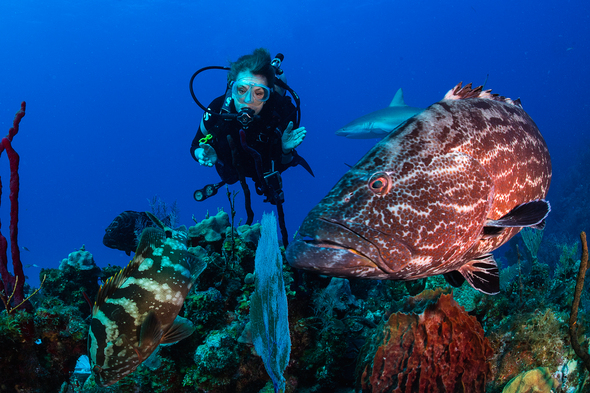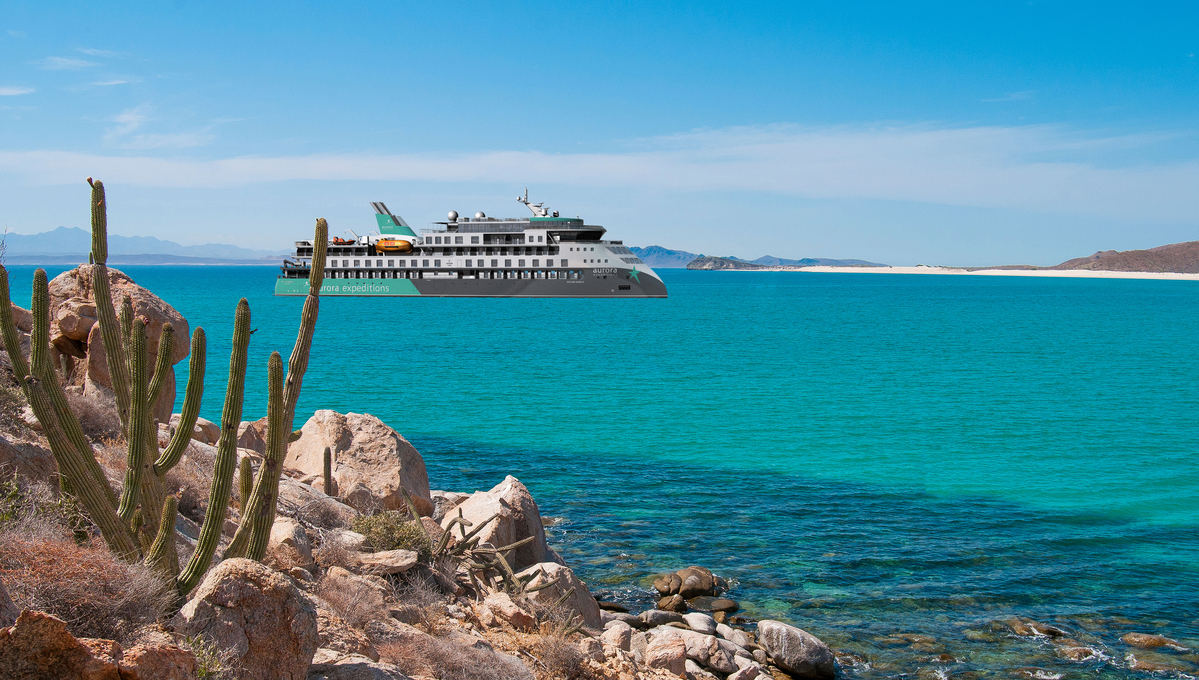The Baja California peninsula is separated from the Mexican mainland by the Gulf of California, which is also known as the Sea of Cortez. This is a name that has always resonated with me, and has a sense of the onomatopoeic, in that it sounds as exotic, romantic and beautiful as the place really is. As if it was dreamt up for a swash-buckling adventure or other such indulgent fiction.
The Sea of Cortez is a narrow sea, roughly twice the size of the English Channel, and it is home to an extraordinary array of wildlife and marine species, many of which are endemic to the area and contribute to its mega-rich ecosystem.

I had first become interested (fascinated really) in this place through watching nature documentaries on Netflix and the BBC. Gorgeous ocean-based dramas focusing on a beautiful and bountiful water world that was thriving. The home and playground of Humboldt squid, numerous shark species (including the graceful and photogenic whale shark), ray, leatherback sea turtle and the world's largest animal, the blue whale. This was a place that was calling me to visit and that had etched itself into my travel wish list, but at the same time, challenging me with the dilemma of just what the best way to visit would be, being largely an ocean-themed destination.
However, the fact that 'true' expedition companies, like AE Expeditions, need to relocate between Antarctica and the Arctic for their respective winter and summer seasons has opened up such beautiful, warm water locations for exploration by the most authentic expedition ships. These ships must sail from south to north (and back of course) for their signature polar seasons, and both Baja California and the Sea of Cortez are en route, fortunately!

Perfectly positioned on the southwest Pacific coast, the Baja California Sur is dazzling. You can explore bird-rich mangroves and masterfully sculpted sand dunes, all framed against a gorgeous mountainous backdrop. Visitors will often hike among coastal desert ecosystems and cactus forests, ticking numerous bird species off their lists. Others will snorkel and kayak among vibrant coral reefs, enjoying some of the best snorkelling and diving experiences offered anywhere on earth.
And, of course, there are the iconic Zodiac cruises along colourful coastlines, bringing birders close to enormous bird colonies and taking expeditioners on a true Baja safari. Forget the 'Big Five', you can focus on the 'Big Twenty' in Baja. Will you get to witness the unforgettable spectacle of migrating mobula ray, for example?

This incredible sea, referred to as the 'world's aquarium' by legendary explorer and conservationist Jacques-Yves Cousteau, is home to an amazing 900 species of fish and sharks, of which 90 are endemic. The sea is also home to an incredible 39% of the world's total species of marine mammals, and 30% of the world's marine cetaceans (whales, dolphins, and porpoises) can be found here. There are also many species of resident and migratory birds, with some of the UNESCO World Heritage-listed islands hosting much of the global population of the Heermann's gull, blue-footed booby and blackstorm petrels.
The new generation of High Definition (often glorious 4K) marine documentaries showcase how special this place is; the islands and protected areas of the Sea of Cortez are one of Dr. Sylvia Earle's designated 'Hope Spots'. And if you don't know her, she takes a lead in many of these marine documentaries and is a very important and influential person to the region. World-renowned conservationist, marine biologist and explorer, Dr. Sylvia Earle is the first female chief scientist of the US National Oceanic and Atmospheric Administration, and Time magazine's first 'Hero of the Planet'.

We are also delighted that she will be joining one of our Baja expedition voyages in 2022 as a special guest. Our expeditioners will experience once-in-a-lifetime talks on board from her, hearing all about the significance of climate change and the effect on our oceans.
AE Expeditions has two voyages exploring this wonderful region in 2022. Our guests can choose whatever they wish to do; snorkelling, stand-up paddleboarding, bird watching, lectures on wildlife and environment, history and destinations, photography, trips ashore, walking and trekking or whale and mammal spotting. All part of the included experience. Both voyages will also take place on our second, brand-new, purpose-built expedition ship, the aptly named Sylvia Earle. She is an incredible vessel, designed for around 130 guests and taking you as close as you can possibly get to this extraordinary place and its wildlife.

And did I mention the sunsets? The sunsets over the Sea of Cortez are among the most spectacular you will find anywhere in the world. We hope that you'll join us to see them, and our photography guides will be on hand to assist if you want to capture the moment in a way that does it justice. See you in Baja!
Dr Sylvia Earle photograph © Michael Aw





